The food delivery industry has seen significant changes in recent years. In 2023, the market for Online Food Delivery is anticipated to generate revenues of US $0.84tn.
However, as the food-delivery market continues to expand, it becomes more challenging for businesses to differentiate their brands and make a profit. To gain a competitive edge, businesses in the food service and delivery industry seek new opportunities and integrate new technologies into their workflows.
Web scraping tools enable businesses in the food industry to streamline and accelerate the data collection process, reducing turnaround time and the amount of human effort required to retrieve data.
This article explains what food delivery data is, how web scraping is used to collect food delivery data, and outlines the top 5 applications of web scraping food delivery data.
What kind of data can be extracted from food ordering platforms?
Web scraping is a data collection method for accessing geo-based food delivery data, extracting it automatically from the destination, and downloading the extracted data in a structured format. You can access and extract the information listed below using web scraping.
Food delivery data includes:
- Menu items
- Delivery times
- Working hours
- Discounts and promotions
- Menu images
- Prices\Ratings\Reviews
Restaurant data includes:
- Name of the restaurants
- Contact details
- Location
- Ratings\Reviews
Figure 1: An example of food product scheme
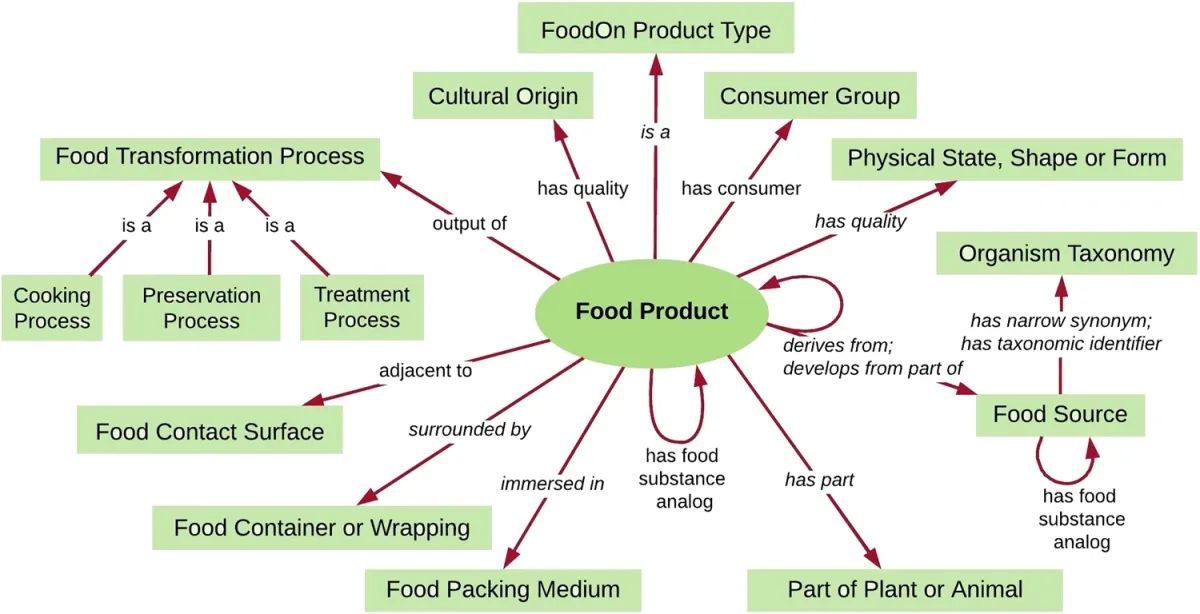
Source: npj-Science of Food 1
Sponsored
Bright Data’s Web Scraper enables businesses to scrape food delivery data from any geo-location while avoiding IP-based restrictions. Collected food delivery data helps businesses understand their competitiveness, identify the most trending product features, and optimize pricing strategies based on current market conditions.
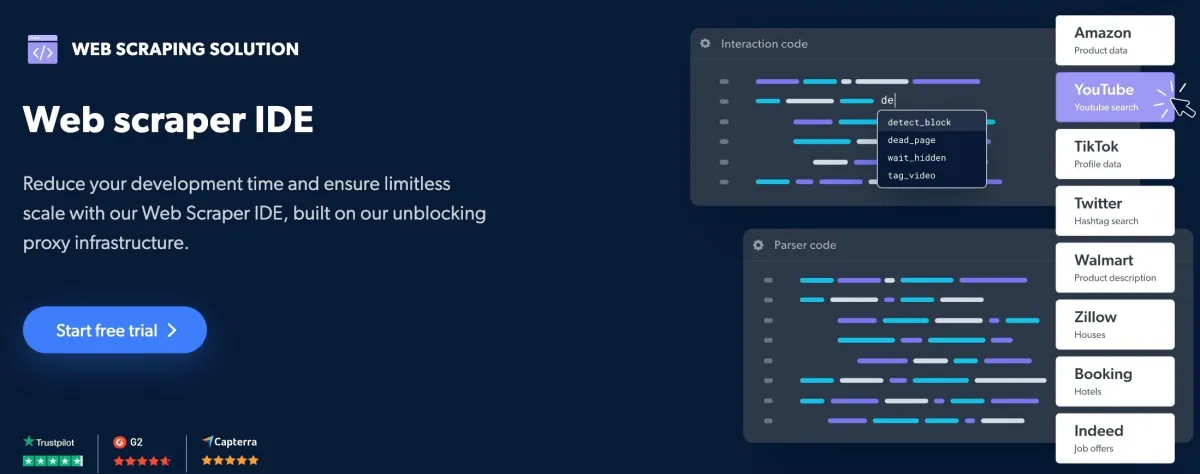
How to scrape food and restaurant data?
Web scraping tools enable businesses to scrape food data from food delivery platforms such as Zomato, Uber Eats, Swiggy, Grubhub, and many others. The general workflow of web scraping tools for extracting data from targeted websites is outlined below.
- Identify the website you need data from.
- The scraper tool will crawl and render the page specified in the URL input field.
- Select the elements to extract, such as food prices, descriptions, and reviews.
- The scraper will extract all required data.
- Once scraping is complete, the extracted data will be saved in the format of your choosing, such as CSV, JSON, etc.
Most food delivery platforms, like Zomato, Eat Street, Delivery.com, etc., split product data into various product listing pages, known as pagination, to improve page performance and user experiences. Pagination can take the form of a “load more” button, a “next” button, an infinite scroll, or numerical pagination without the next button (see Figure 2).
However, it is challenging for web scrapers to handle paginated web pages while scraping. For example, if you search for “pasta” on UberEats, you will notice that the category page is made up of multiple product pages. Web scraper will stop extracting the data at the end of each product listing page. To tackle paginated web pages, you can:
- Manually run the scraper on each product page.
- Set a pagination selector to visit multiple web pages.
- Build a pagination loop to continue scraping other pages once the current page is finished.
Figure 2: Representation of various pagination techniques.
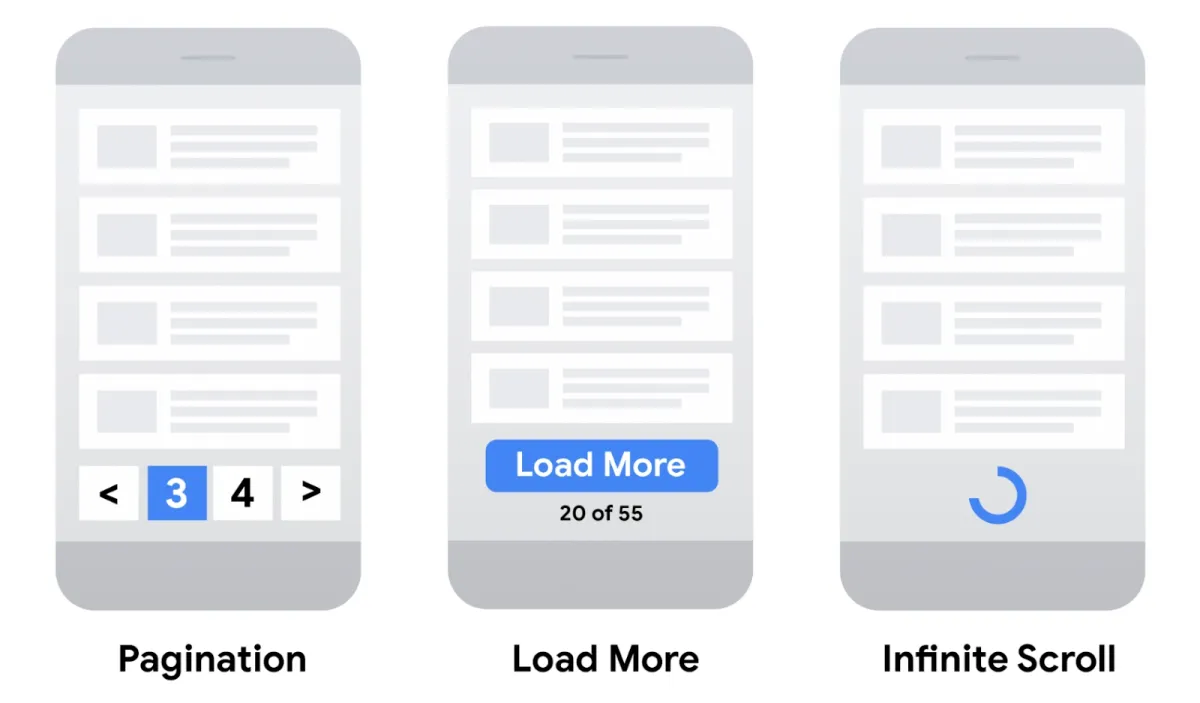
Top 5 use cases of web scraping food delivery data
1. Set market-based pricing
Market-based pricing is one of the pricing strategies to achieve price optimization. Web scraping allows businesses to gather food prices such as discount data and food menu pricing from competitors’ product listing pages.
Before selecting the data you would like to scrape, you must identify your competitors and the URLs of their product pages on the target food service websites, which will be input for your scraper. The following are the basic steps for identifying your top competitors:
- Determine the product you want to set its price based on current market prices.
- Identify your top competitors who sell the same products and target the same audience as your company.
However, to conduct a thorough market analysis, you must also consider your indirect competitors. Indirect competitors target the same audience as your company but offer different products or services.
Conducting customer feedback surveys, keyword research, and exploring social media platforms and forums such as Quora or Reddit can help you identify your direct and indirect competitors. For instance, McDonald’s direct competitors include Burger King, Wendy’s (WEN), and Taco Bell, to name a few. - Determine which of your competitors’ product listing pages you want to extract data from.
However, focusing solely on pricing in order to remain competitive rather than on the customer will not be an effective strategy for achieving sustainable growth. You must first understand the perceived value of your brand. For example, many customers prefer higher-priced brands that focus on the value the brand offers. Setting a price that is too high will result in lost sales opportunities for your brand, while setting a price that is too low will result in lost revenue.
2. Handle local competition
Local competition in metropolitan areas is particularly difficult, especially for small to mid-tier businesses. You need to understand how your competitors operate and what they make different to gain a competitive edge. Web scraping tools can enable businesses to understand their competitors by extracting geo-based food delivery data and restaurant location information.
For instance, if you are a B2B company that works primarily with local businesses, you can find restaurants near you by filtering the search results by countries and cities. Food delivery websites allow businesses to filter or search for a food service company in a specific area to explore potential partnership opportunities. You can extract their contact information, rating, website, delivery routes, and working hours to understand better how they operate and reach out to them.
3. Turn customer reviews into insights
73% of individuals cite customer experience as a factor that influences their purchasing decisions. However, only 49% of U.S. consumers today believe companies provide a good customer experience.3
Figure 3: People make purchasing decisions based on their customer experience.
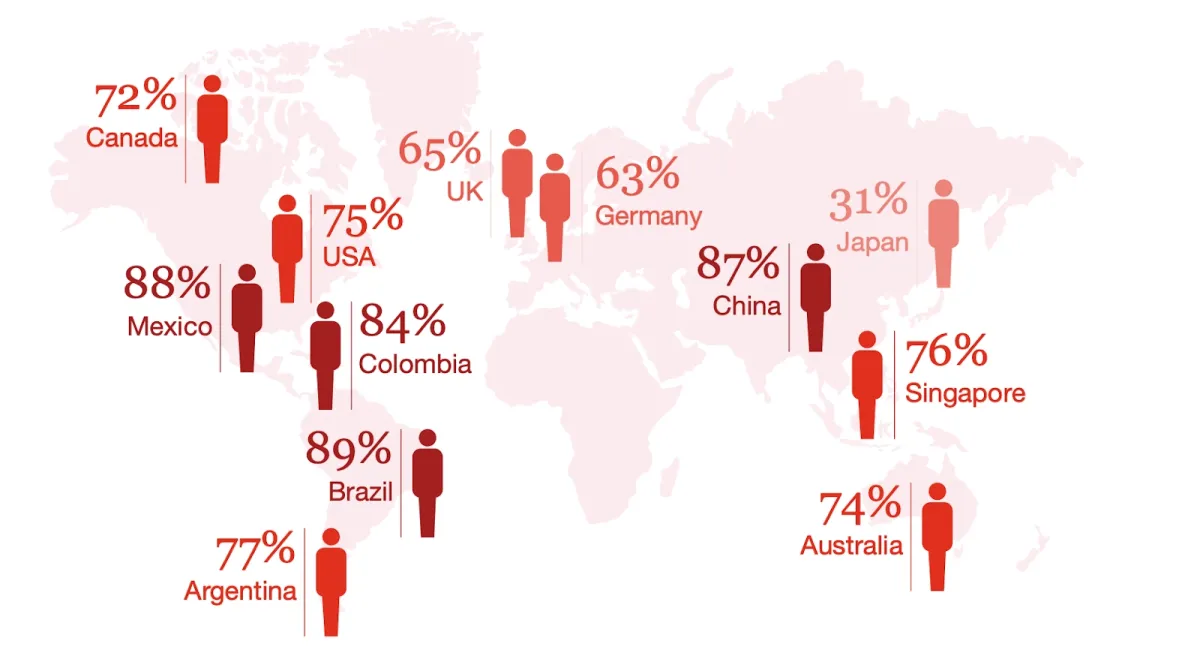
Source: PwC 4
Extracting customer review data from various food delivery apps is a time-consuming and tedious task. Web scraping enables businesses to collect restaurant reviews from various food delivery websites. Businesses can conduct sentiment analysis on collected customer review data using natural language processing.
You can classify extracted text data words as negative, positive, or neutral either manually or using a data annotation tool (see figure 4). Businesses can gain insight into their brand, products, or services by conducting sentiment analysis on extracted review data.
Figure 4: An example of sentiment analysis being used to analyze a customer review

4. Optimize demand forecasting and management
Inaccurate forecasting results in excess or insufficient inventory. It may be caused by misinterpreting data, changing patterns, and limited data availability. The application of AI-driven forecasting to supply chain management can reduce errors by 20% to 50%. 5 Automated AI-driven demand forecasting improves the accuracy of forecasting using real-time data gathered from internal (e.g., ERP systems) and external data sources such as social media platforms and food delivery platforms. Web scraping enables businesses to collect large amounts of data on a weekly, monthly, and yearly basis to feed AI models.
To learn how to scrape social networks, see “Social Media Scraping: Tools, How-to & Case Studies“.
5. Discover trends in the food industry
Web scraping helps businesses extract menu items, food descriptions, food preparation time, and delivery routes from different web sources. Extracted data enables businesses to discover current food industry trends and keep up with the ever-changing business landscape in the food industry.
In 2021, for instance, 85% of consumers adopted at least one lifestyle change to be more sustainable, and 61% of consumers reduced their daily use of plastic.6 Businesses began incorporating more sustainable practices to adapt to shifting consumer consumption patterns.
For example, Sainsbury has announced that 18.5 million plastic straws will be removed from circulation annually in an effort to reduce its use of plastic packaging by 50 percent by 2025. 7
Approximately 15.5 million people follow a vegetarian diet in the United States. You can add plant-based meals to your menus and extract necessary product data from your competitors’ product pages to see how your competitors are faring.8
Further reading
- 5 Common Web Scraping Applications in the Travel Industry
- Top 5 Web Scraping Case Studies & Success Stories
- Minimum Advertised Price (MAP): What It Is & How to Automate?
For guidance to choose the right tool, check out data-driven list of web scrapers, and reach out to us:
External Links
- 1. “FoodOn: a harmonized food ontology to increase global food traceability, quality control and data integration“. npj – Science of Food. Retrieved December 22, 2022.
- 2. Google Search Central
- 3. Customer experience is everything: PwC .
- 4. Customer experience is everything: PwC .
- 5. Amar, Jorge; Rahimi, Sohrab; Surak, Zachary; Bismarck, Nicolai (February 15, 2022). “AI-driven operations forecasting in data-light environments.” McKinsey. Retrieved December 22, 2022.
- 6. Hammond, Fern (22 April 2021). “Four out of five UK consumers adopt more sustainable lifestyle choices during COVID-19 pandemic.” Deloitte. Retrieved December 22, 2022.
- 7. Sainsbury’s
- 8. Kunst, Alexander (Dec 13, 2022)”Diets and nutrition in the U.S. in 2022” Statista. Retrieved December 22, 2022.
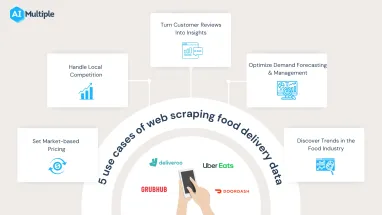
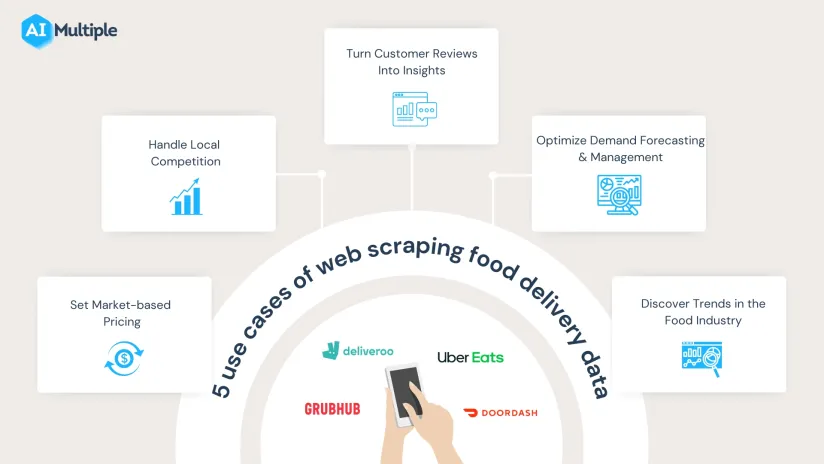

Comments
Your email address will not be published. All fields are required.